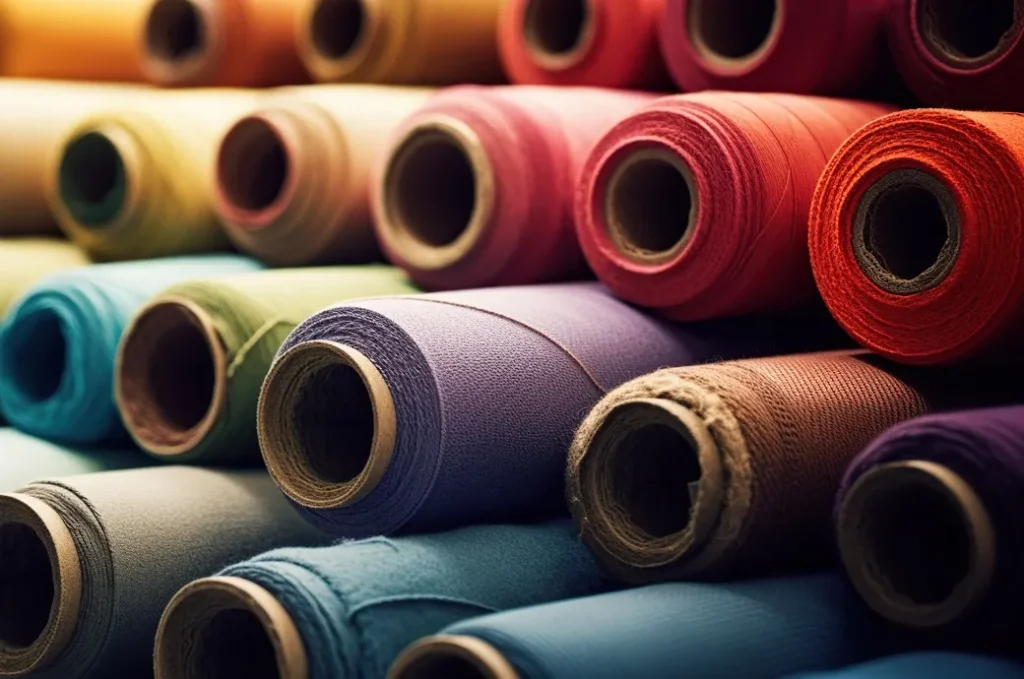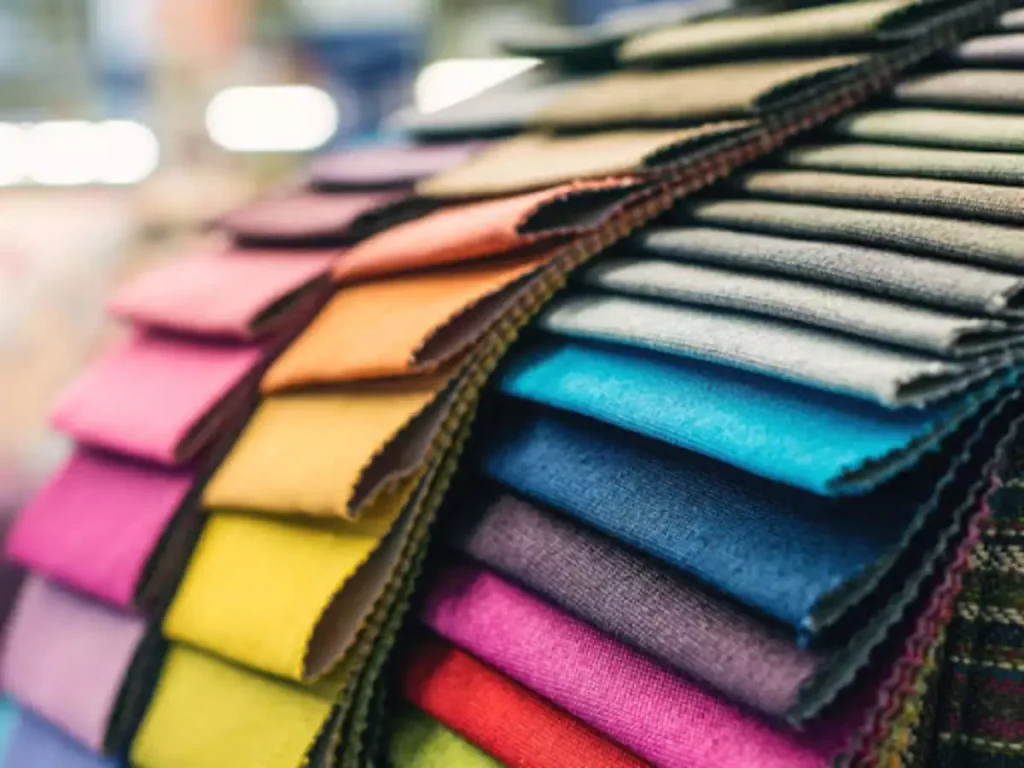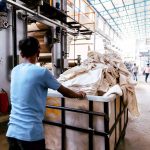
India has long been a powerhouse in the global textile industry, producing a wide range of high-quality products for both domestic and international markets. As globalization continues to expand the reach of Indian textiles, manufacturers and exporters are increasingly looking beyond traditional markets to explore new export opportunities. But navigating these global markets requires a strategic approach, an understanding of local trends, and an ability to adapt to changing demands.
In this blog post, we’ll explore the key export opportunities for Indian textile manufacturers, offer insights into emerging markets, and discuss the strategies needed to thrive in a competitive global landscape.
The Rise of Sustainable Fashion: A Global Opportunity
Sustainability is no longer just a buzzword; it has become a significant driving force in global fashion markets. Countries like the United States, the European Union, and Japan are seeing a rising demand for eco-friendly and ethically produced textiles. Indian manufacturers have a unique advantage here, with access to natural fibers such as cotton, jute, and silk, along with traditional techniques that can be promoted as sustainable and artisanal.
Exporters can tap into this demand by:
Adopting sustainable production methods: This includes using organic cotton, reducing water consumption, and minimizing waste in the production process.
Certifications and labels: Obtaining certifications such as GOTS (Global Organic Textile Standard) or OEKO-TEX can boost credibility in eco-conscious markets.
Collaborating with sustainable fashion brands: Many global fashion brands are now partnering with manufacturers who can supply environmentally friendly products, creating significant export opportunities.
Exploring Emerging Markets: Africa and Southeast Asia
While traditional markets such as the US and Europe remain crucial, emerging markets in regions like Africa and Southeast Asia offer new growth avenues for Indian textile exporters. These regions are experiencing economic growth, urbanization, and a rising middle class with increasing disposable income, leading to greater demand for affordable yet stylish textiles.
Africa: Countries like South Africa, Kenya, and Nigeria are growing rapidly as textile importers. With a young population and an expanding fashion industry, Indian manufacturers can position themselves as key suppliers of quality apparel and fabrics.
Southeast Asia: Nations like Vietnam, Indonesia, and Thailand are developing into major textile hubs themselves. However, they also rely on imports of raw materials and specialized fabrics, areas where Indian exporters can step in. Additionally, these markets offer a mix of both premium and mass-market opportunities, providing flexibility for manufacturers.
Focus on Technical Textiles: A Growing Niche
The global demand for technical textiles—fabrics designed for specific functional purposes like protection, filtration, and medical applications—is on the rise. With applications in industries ranging from healthcare to construction, technical textiles represent a high-margin, high-growth sector that Indian manufacturers are increasingly well-positioned to enter.
Key areas of opportunity include:
- Healthcare textiles: Products such as surgical gowns, masks, and bedding materials have seen increased demand due to the global pandemic, with many countries looking for reliable suppliers.
- Automotive textiles: As the global automotive industry grows, the need for specialized fabrics used in seat belts, airbags, and interiors offers a lucrative export niche.
- Sportswear: High-performance fabrics that offer moisture control, flexibility, and comfort are essential for the booming global sportswear industry. Indian manufacturers with technical expertise can find a ready market in both established and emerging economies.
Market Entry Strategies for Success

Successfully navigating global markets requires more than just identifying opportunities. Here are some strategies Indian textile manufacturers should consider:
Understand Local Preferences
Each market has its own tastes, trends, and cultural nuances. Manufacturers should tailor their products to meet local preferences, whether that means focusing on color, fabric type, or design patterns. This local adaptation can make all the difference in standing out in a crowded marketplace.
Build Strategic Partnerships
Partnering with local distributors, agents, or retailers in target markets can help Indian exporters penetrate new regions. Collaborations with international designers and fashion houses can also boost visibility and credibility.
Leverage Government Support
The Indian government offers several schemes to support textile exporters, such as the Merchandise Exports from India Scheme (MEIS) and the Rebate of State Levies (RoSL). Manufacturers should take advantage of these incentives to enhance their competitiveness in global markets.
Digital Transformation: The rise of e-commerce and digital marketing offers an additional avenue for export growth. Indian manufacturers can create B2B platforms or partner with international e-commerce giants to reach global buyers directly. Digital tools also help in better understanding consumer preferences through data analytics.
Overcoming Challenges
While the potential for export growth is vast, Indian manufacturers must be prepared to face certain challenges:
Compliance and Standards: Different countries have specific regulatory requirements related to product safety, quality, and sustainability. To ensure smooth exports, manufacturers must invest in meeting these standards through proper testing and certifications.
Logistics and Supply Chain Issues: Exporting to new markets can pose logistical challenges, including transportation costs, delays, and supply chain disruptions. Establishing reliable logistics networks and planning ahead for potential disruptions is crucial.
Competition: Global markets are fiercely competitive, with manufacturers from other countries vying for the same buyers. Indian exporters must focus on quality, innovation, and building strong relationships to maintain a competitive edge.
Conclusion
The global textile market presents vast opportunities for Indian manufacturers, but success depends on understanding market trends, adapting to consumer needs, and adopting innovative practices. Whether it’s through sustainability, exploring emerging markets, or delving into niche areas like technical textiles, Indian exporters are well-positioned to capitalize on the growing demand for quality products. With the right strategies and government support, Indian manufacturers can strengthen their foothold in the global market and continue their legacy as leaders in the textile industry.





Leave a Reply